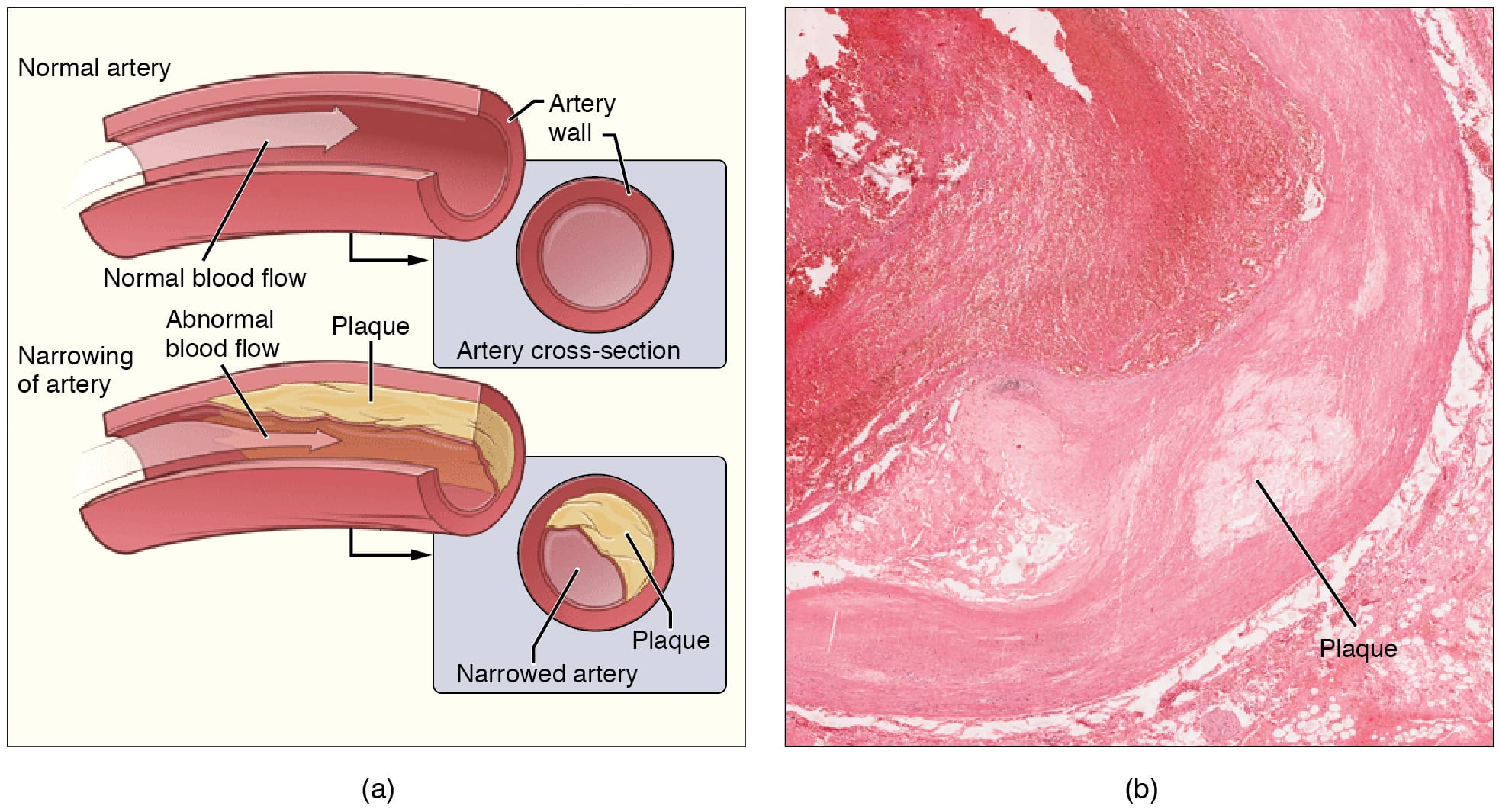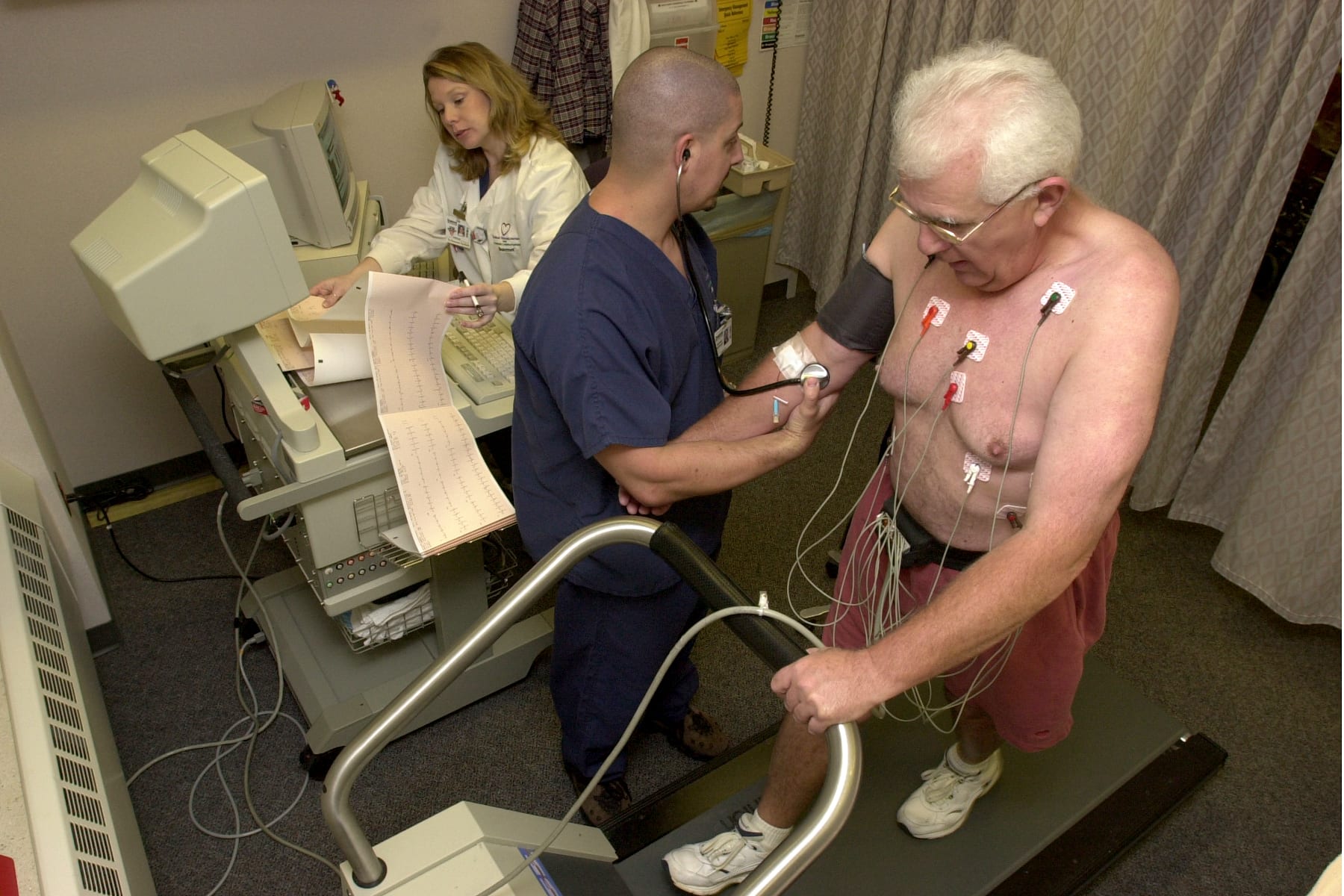Scientists from Michigan State University and Stanford University have worked together to develop a nanoparticle capable of ‘eating’ the plaque that causes heart attacks. The results of their study were published in Nature Nanotechnology.
Led by Bryan Smith, associate professor of biomedical engineering at MSU, the team created a “Trojan Horse” nanoparticle that could possibly treat atherosclerosis, a leading cause of death in the United States.
It homes in on atherosclerotic plaque because it is attracted to a particular type of immune cell – monocytes and macrophages. The nanoparticle enters the macrophage, where it releases a drug agent that stimulates the cell to surround and devour cellular debris.
In the end, the plaque size gets significantly reduced.

Photo Credit: Wikimedia
According to Smith, more trials are needed to test reduction of other types of heart attacks. He expects side effects to remain minimal because the nanoparticle is so selective in where it attacks.
From an MSU press release: “Smith’s studies focus on intercepting the signaling of the receptors in the macrophages and sending a message via small molecules using nano-immunotherapeutic platforms.”
Prior to the team’s work, research was more focused on the outside of the cells, instead of intercellularly.

Photo Credit: Wikimedia
Smith said, “We found we could stimulate the macrophages to selectively eat dead and dying cells – these inflammatory cells are precursor cells to atherosclerosis – that are part of the cause of heart attacks. We could deliver a small molecule inside the macrophages to tell them to begin eating again.”
Perhaps the most exciting result of this study is how this intercellular stimulation of macrophages could be used in other applications beyond atherosclerosis.
We’ve been hearing for a while about how nanotechnology was a potential game-changer, and it seems like we’re finally getting there.






